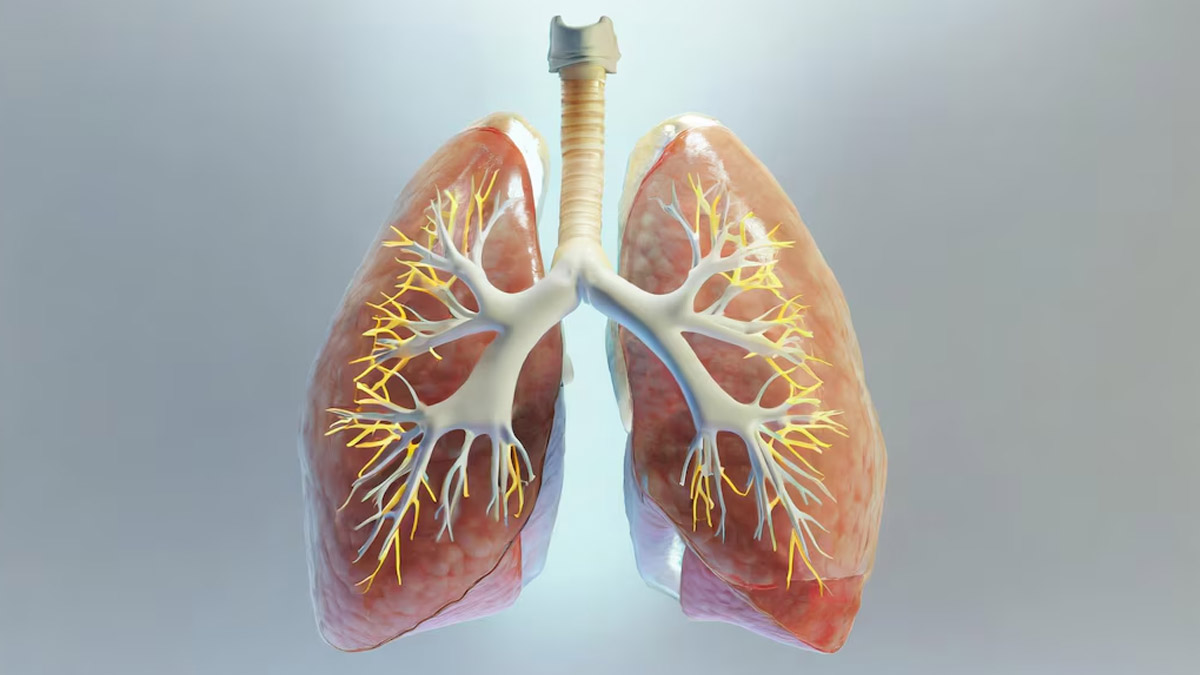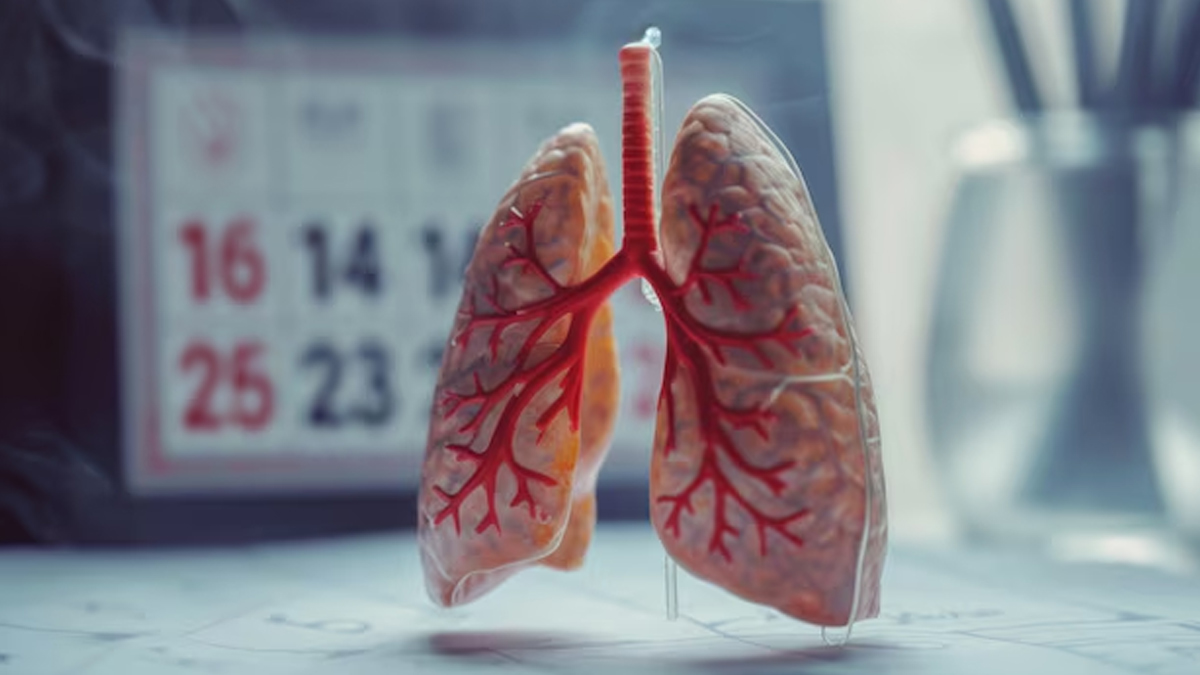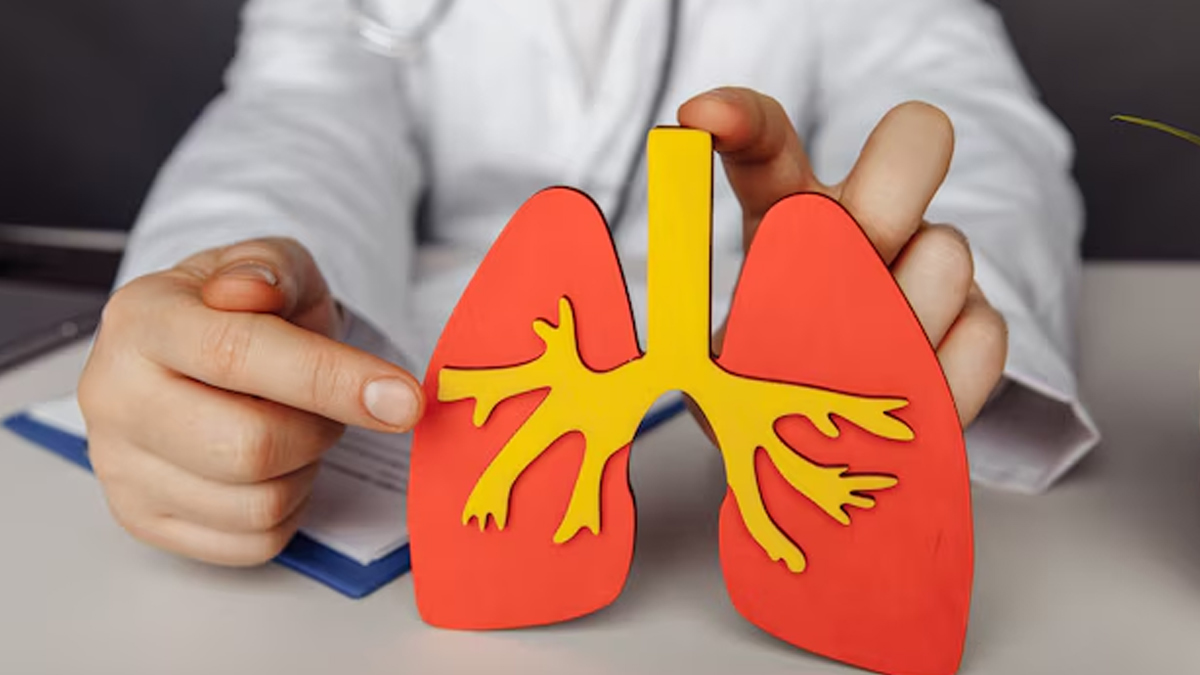
Pulmonary fibrosis is a complex and serious lung condition in which the lung tissues get scarred and start to thicken. This scarring makes it difficult for the lungs to function properly, leading to symptoms like shortness of breath, persistent cough, and fatigue.
Table of Content:-
According to the American Lung Association, diagnosing pulmonary fibrosis can be difficult as it often mimics symptoms of other lung conditions. That is why it is crucial to understand the main causes and contributing factors of pulmonary fibrosis so that it can be diagnosed on time, managed and prevented. To understand the main causes of pulmonary fibrosis, the Onlymyhealth team spoke to Dr Gopi Krishna Yedlapati, Senior Consultant Interventional Pulmonologist, Yashoda Hospitals, Hyderabad.

What Causes Pulmonary Fibrosis?
"Pulmonary fibrosis encompasses a range of lung diseases impacting the lung's connective tissue and alveoli, resulting in the scarring of healthy lung tissue," stated Dr Yedlapati. As reported in a study published in the journal JAMA Open Network, an estimated 13-20 individuals per 100,000 worldwide, including approximately 100,000 Americans, are affected by pulmonary fibrosis.
Environmental Exposures
“Being exposed to harmful gases, dust, and hazardous materials, and occupational exposure to silica, jute, cotton, and asbestos also puts you at risk of developing pulmonary fibrosis, “ said Dr Yedlapati. He listed:
- Occupational Exposures: Prolonged exposure to certain occupational hazards such as silica dust, asbestos fibres, and agricultural dust can contribute to the development of pulmonary fibrosis.
- Environmental Toxins: Exposure to environmental pollutants, chemicals, and toxins over time may also increase the risk of lung damage and fibrosis.
Autoimmune Diseases
According to the National Institute of Environmental Health Sciences, autoimmune diseases occur when the body's immune system mistakenly attacks its tissues, leading to inflammation and damage.
Dr Yedlapati said, "Autoimmune diseases like rheumatoid arthritis, scleroderma, or Sjogren’s syndrome can cause pulmonary fibrosis.” These autoimmune diseases can lead to inflammation and scarring in the lungs.

Genetic Factors
Dr Yedlapati said, “In rare cases, pulmonary fibrosis can occur when two or more members of the same family have lung scarring.”
According to a study published in the Transactions of the American Clinical and Climatological Association, certain genetic mutations and variations can increase susceptibility to lung damage and fibrosis. Some genetic factors associated with pulmonary fibrosis include:
- Telomere Dysfunction: Mutations in genes responsible for telomere maintenance can lead to telomere shortening, which is linked to an increased risk of pulmonary fibrosis.
- Surfactant Protein Mutations: Mutations in genes encoding surfactant proteins, such as SFTPC and SFTPA, can disrupt lung function and contribute to the development of fibrosis.
- MUC5B Gene Variant: A common variant in the MUC5B gene has been associated with an increased risk of developing pulmonary fibrosis, particularly in individuals of European descent.
Medications and Treatments
“Some drugs and therapies like radiation given during cancer treatment can also cause pulmonary fibrosis,” said Dr Yedlapati. He listed:
- Certain Medications: Long-term use of certain medications, such as chemotherapy drugs and some antibiotics, may cause lung damage and fibrosis as a side effect.
- Radiation Therapy: Previous radiation therapy to the chest area for cancer treatment can sometimes lead to pulmonary fibrosis as a late complication.
Also Read: Pulmonary Fibrosis: Pulmonologist Explains Warning Signs You Should Watch Out For
Pulmonary fibrosis has various causes and risk factors, ranging from genetic predisposition to environmental exposures and underlying health conditions. While the exact cause may vary among individuals, early diagnosis, proper management, and lifestyle modifications can help slow the progression of the disease and improve quality of life. If you experience symptoms suggestive of pulmonary fibrosis or have risk factors, consulting a healthcare professional for evaluation and guidance is essential.
Also watch this video
Read Next
Rumours Of Taylor Swift Being Autistic Making Rounds On The Internet; Signs Of Autism In Adults
How we keep this article up to date:
We work with experts and keep a close eye on the latest in health and wellness. Whenever there is a new research or helpful information, we update our articles with accurate and useful advice.
Current Version